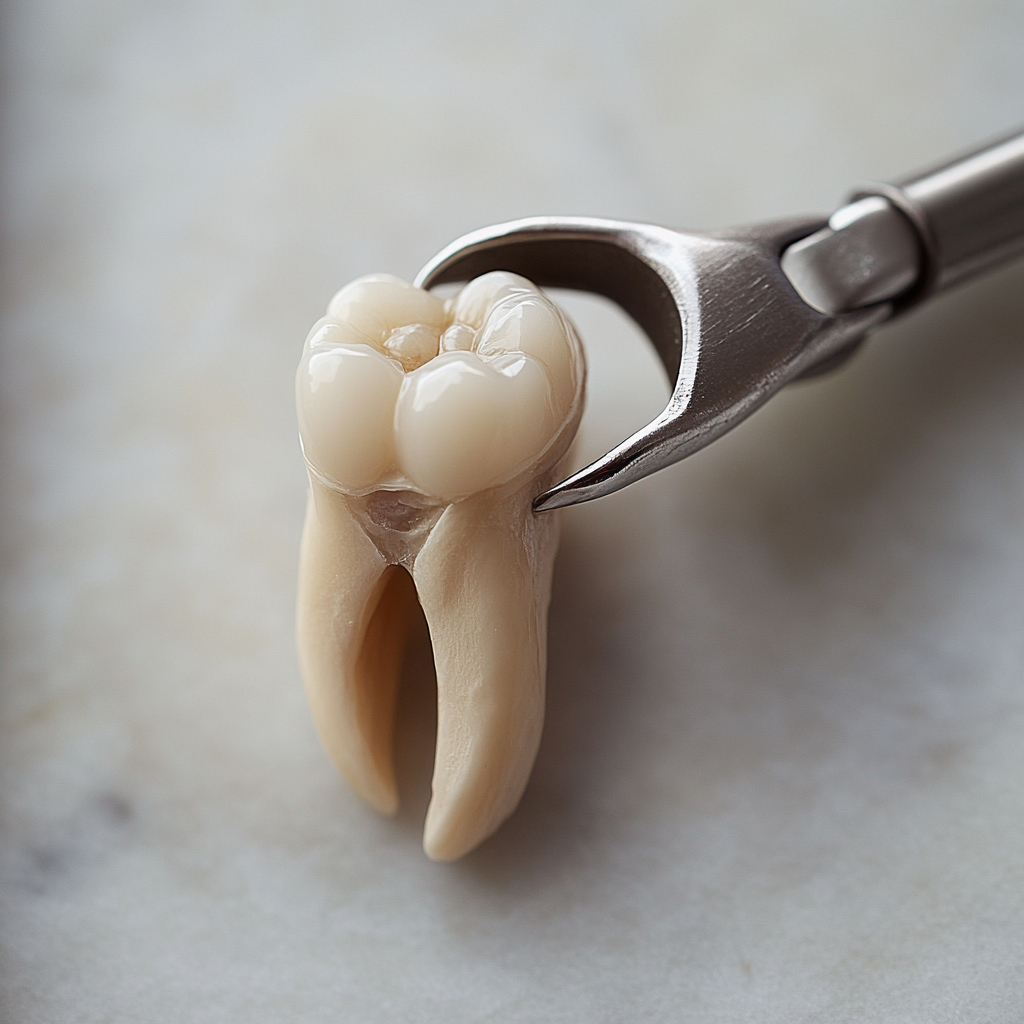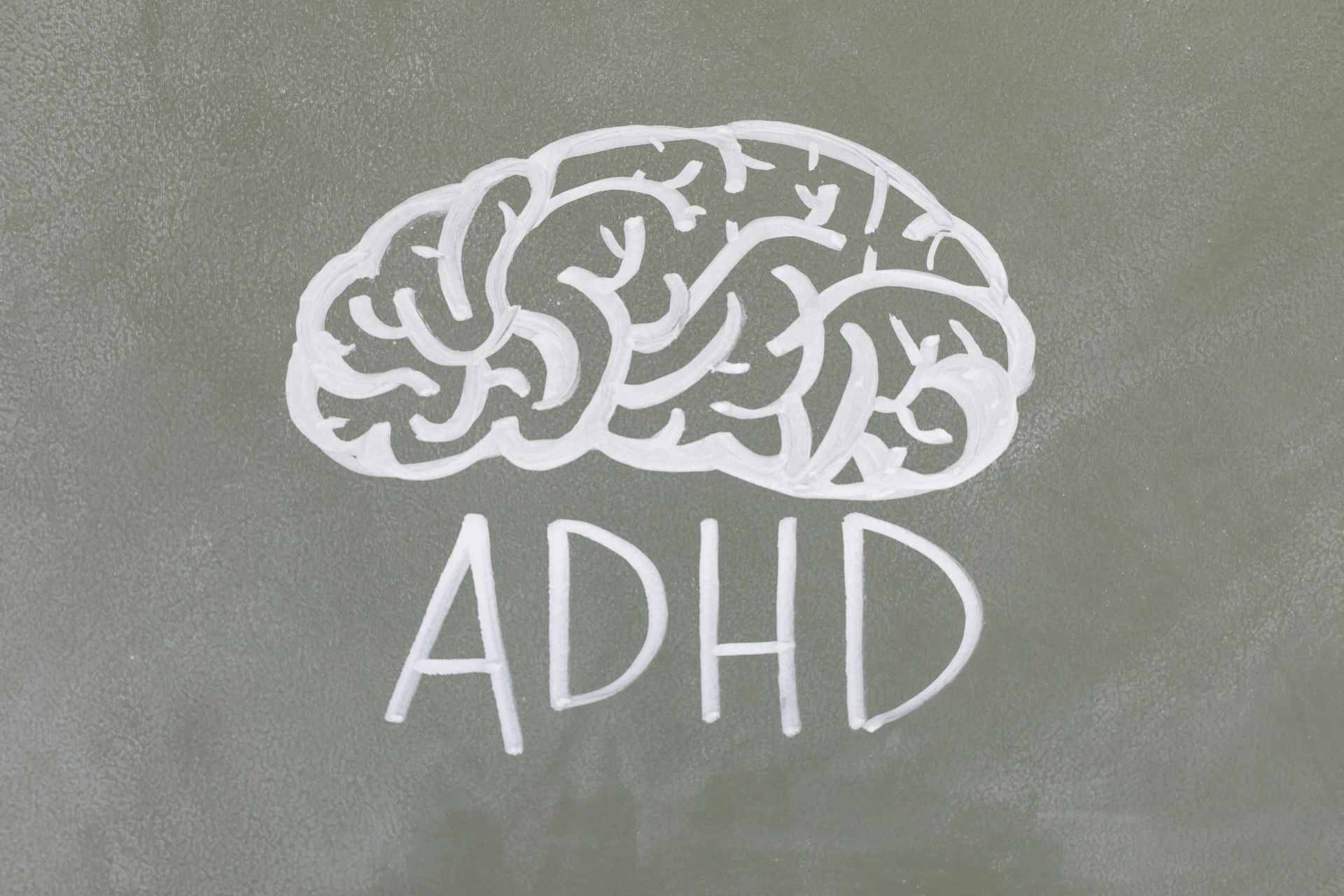The Impact of Mouth Breathing on Jaw Size Growth: Understanding the Connection
Introduction:
Breathing is a fundamental aspect of human existence, yet the way we breathe can have unexpected implications on our overall health, including the growth and development of our jaws. In recent years, there has been growing interest in the relationship between mouth breathing and jaw size growth. This blog aims to explore this connection, shedding light on the potential effects of chronic mouth breathing on jaw development and offering insights into how this phenomenon can be better understood and addressed.
The Basics of Mouth Breathing:
Mouth breathing, as opposed to nasal breathing, occurs when an individual consistently takes in air through their mouth rather than through their nose. While occasional mouth breathing is normal, chronic mouth breathing can lead to a range of issues due to the significant differences in how we breathe through our mouths versus our noses. Nasal breathing is considered the optimal way to breathe as it allows for effective filtration, humidification, and warming of the air before it enters the lungs. In contrast, mouth breathing can disrupt this natural process and have negative consequences on various aspects of our health.
Jaw Size Growth and Mouth Breathing:
One of the key areas of interest in the study of mouth breathing is its potential impact on jaw size growth. The connection between these two factors lies in the role of proper breathing in maintaining optimal muscle tone in the face and jaw area. When individuals consistently breathe through their mouths, it can lead to changes in muscle function and growth patterns, potentially negatively influencing the development of the jaw over time.
Research suggests that chronic mouth breathing may be associated with a narrower upper jaw and a retruded lower jaw. These structural changes can impact not only the aesthetics of the face but also various functions such as breathing, chewing, and speech. Furthermore, inadequate development of the jaws can contribute to issues like malocclusion (misalignment of the teeth) and temporomandibular joint (TMJ) disorders, highlighting the broader implications of mouth breathing on oral and overall health.
Addressing Mouth Breathing and Promoting Healthy Jaw Growth:
Recognizing the potential consequences of chronic mouth breathing on jaw size growth underscores the importance of early intervention and targeted treatments. For individuals, especially children, who exhibit signs of habitual mouth breathing, it is essential to consult with a team of healthcare professionals such as a myofunctional therapist, orthodontists, ENTs, speech therapists, nutritionists, sleep specialists and allergist. These experts can assess the underlying causes of mouth breathing, provide guidance on corrective measures, and recommend appropriate interventions to support healthy jaw development.
In addition to seeking professional help, individuals can also adopt lifestyle changes to encourage nasal breathing and mitigate the effects of mouth breathing. Practices such as breathing exercises, maintaining proper oral posture, and avoiding triggers that promote mouth breathing (such as allergies or nasal congestion) can aid in restoring natural breathing patterns and supporting optimal jaw growth.
Conclusion:
The relationship between mouth breathing and jaw size growth highlights the intricate connections between respiratory function and facial development. By understanding the impact of chronic mouth breathing on the jaws, individuals can take proactive steps to address breathing habits, promote nasal breathing, and support healthy jaw growth. Through a combination of professional guidance and personal efforts, it is possible to mitigate the effects of mouth breathing and encourage optimal development of the jaws for improved oral health and overall well-being.











